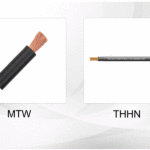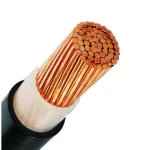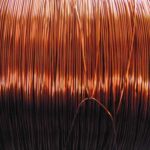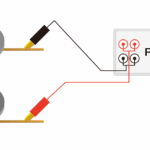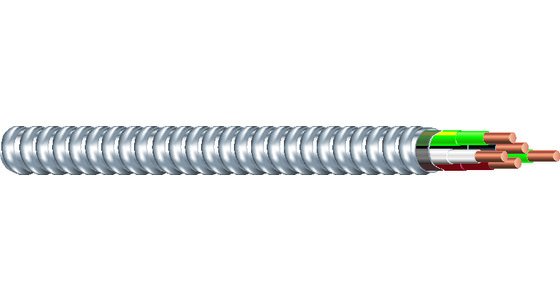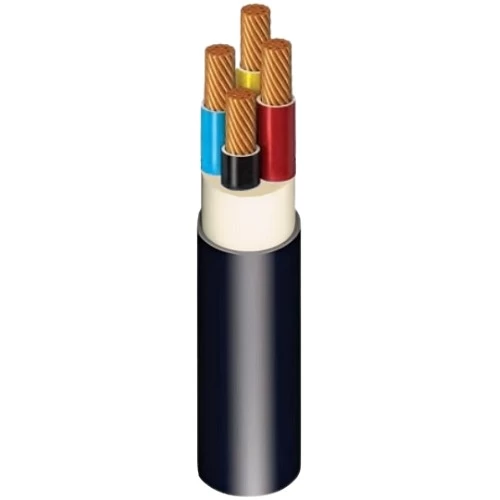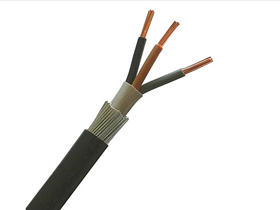If you’ve ever read an electrical device label or junction box cover that says “CU wire only,” you might wonder what it means. This simple phrase carries an important message about safety and material compatibility. In this article, we’ll explain what 'CU wire only' means, why it matters, and what you need to know before choosing electrical wires for your project.
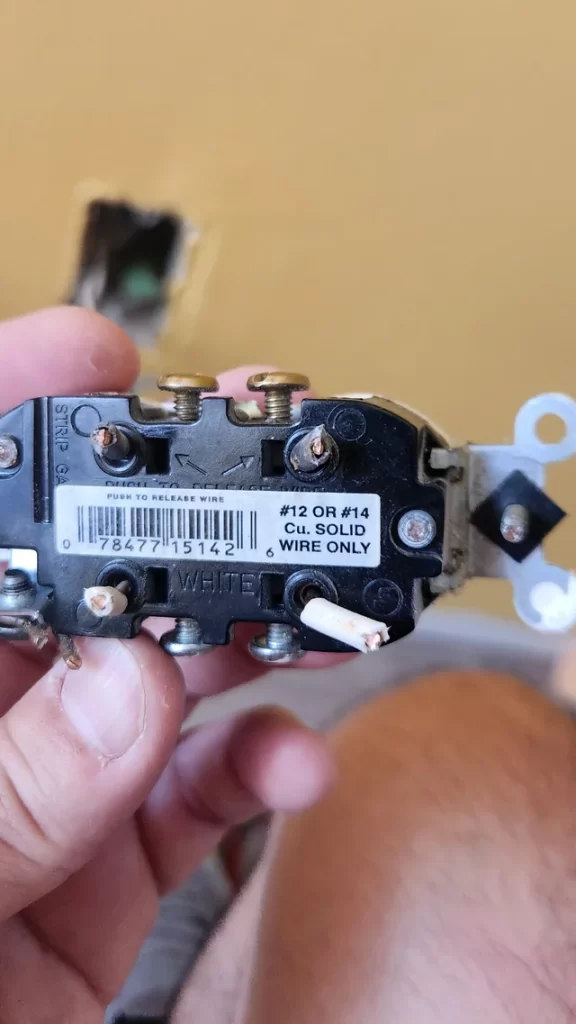
cu wire only
What Does “CU Wire Only” Mean?
“CU” is the chemical symbol for copper. So, when a device or connector is labeled “CU wire only,” it means it is rated and approved only for use with copper conductors. This restriction is usually printed on switches, receptacles, circuit breakers, and other types of electrical terminals.
Why Copper Only?
Copper has long been the preferred conductor material in electrical systems due to its superior performance:
-
High conductivity – Copper carries current more efficiently than aluminum.
-
Stronger connections – Copper wires are less likely to loosen over time.
-
Corrosion resistance – Copper resists oxidation and corrosion better than aluminum.
Many electrical devices are tested and UL-listed only for copper wire connections. Using any other type of conductor, such as aluminum, could lead to overheating, connection failure, or even fire hazards.
Copper vs. Aluminum Wire
Here’s a quick comparison:
| Feature | Copper (CU) | Aluminum (AL) |
|---|---|---|
| Conductivity | Higher | Lower (by ~40%) |
| Strength | Higher | Lower |
| Cost | More expensive | Less expensive |
| Weight | Heavier | Lighter |
| Compatibility | More universal | Needs special lugs/connectors |
Some terminals are dual-rated for CU and AL (often marked CU/AL), but “CU wire only” devices do not support aluminum.
What Happens If You Use the Wrong Wire?
Using aluminum wire in a CU-only connection is a serious mistake. Since aluminum expands and contracts more than copper when heated, it can cause:
-
Loose connections
-
Overheating
-
Electrical arcing
-
Fire hazards
Always match the wire material to the rating on the device. If you’re unsure, consult an electrician or refer to the manufacturer’s specifications.
Common Applications Requiring Copper Wire Only
-
Residential light switches and outlets
-
Circuit breakers and panels
-
HVAC equipment
-
Industrial control panels
-
Sensitive electronics
When installing any of these components, make sure the wire you use is copper and not aluminum.
How to Identify Copper Wire
Most copper wires are marked as CU on the insulation. If you strip back the insulation, copper wire will appear reddish-brown, while aluminum wire is silver-gray in color.
Final Thoughts
The label “CU wire only” is more than just a suggestion—it’s a safety requirement. Copper wiring ensures stable connections, minimizes fire risk, and complies with electrical codes. Whether you're wiring a new home, upgrading equipment, or just replacing an outlet, always check the wire material before you connect.
Need Copper Wire for Your Project?
TOT Wire & Cable offers a wide range of copper conductors including THW, THHN, and VVR cables—all tested for quality and safety.
Contact us today for a quote or technical support.

